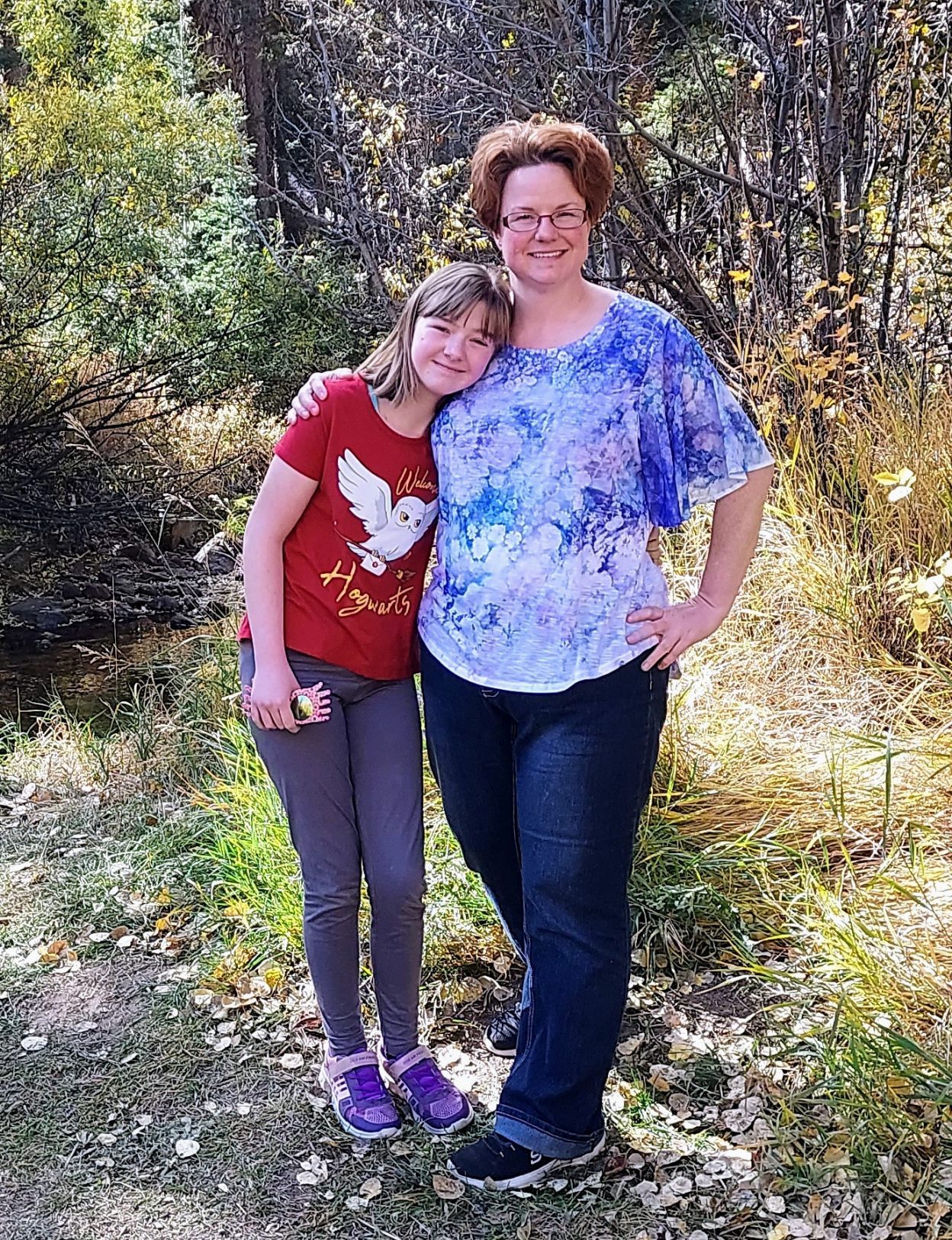After someone experiences a significant loss, grief is supported, understood, and even expected. At the very beginning of terrible things it usually is as well. When I first learned about Andalyn’s life-threatening diagnosis, my grief made sense to those around me and they responded accordingly. As time passed, however, I found myself mostly alone in the chaos not even recognizing that the role of being a caregiver to a medically fragile child had completely erased my former self. It sometimes feels impossible to find my way back from wherever my soul goes to find refuge when the pain of my reality is so devastating that it fractures my very being into unrecoverable shards of who I used to be.
Long conversations with empathetic friends tearfully sharing my feelings gradually shifted to shorter chats and passing statements of sincere admiration. Sentiments like, “I don’t know how you do it,” “she looks great,” “she is lucky to have you,” and “you are so strong” are heartfelt but bittersweet because I am still grieving. The grief looks different than it did in the beginning but hasn’t gone away, and it never will. I know deep down that people haven’t stopped caring about us. I understand that people can’t stay with me in grief forever because they need to tend to their own lives and responsibilities. Yet while I mentally understand this, emotionally I struggle. It’s incredibly lonely when people don’t recognize that there is “grief in the middle.”
Present long before death, it arrives sometime after the initial shock of the diagnosis dissipates. It isn’t the same as the initial wave of grief triggered by learning that your child could die or the life-long grief that comes after a death. It is, in fact, very unique. Often invisible, this grief finds us in the midst of the chaos bridging the gap and connecting the other two times of grief together.
As time unraveled my hopes for a healthy child, grief in the middle surprised me when it showed up unexpectedly. It had kindly waited until I started to accept Andalyn’s life-threatening diagnosis and had settled uncomfortably into our “new normal”. However, I sometimes become so entangled in it that it’s no longer possible to know where the grief ends and I begin. It is not the kind of grief manifested in tear-stained cheeks and swollen eyes. Nor is it the kind of grief that heals us when enough pain has been experienced so that strength can grow where once there was a broken place. It is powerful enough to make me feel almost lost within myself and yet most people never even see it.
Over time, I’ve been able to embrace this grief and appreciate its ability to wash over me in waves so powerful I can’t breathe one minute, only to retreat the next, pulling all of the suffocating emotions and breathtaking pain with it so I can survive. These waves remind me that we grieve deeply because we love deeply and can’t have one without the other. In this way, the pain becomes its own validation.
Even though I have become an excellent swimmer in the swells of grief, I secretly wish sometimes that someone could pull me out of the water. Or better yet, get in with me so I don’t have to swim alone. Sometimes I ache for people to see the grief behind my smile or hear the pain barely hidden by my witty sarcasm and really good, bad jokes. Validation and acknowledgement are ongoing needs. I wish more people knew that trauma and grief are not just found in major events, but are often found in the absence of what should have been, and that they come with a thousand tiny pieces of loss scattered along the way of (mostly invisible) suffering. I wish people could understand that trauma and grief have crawled into parts of my soul I can’t even reach, remaining there waiting for the chance to rip their way free leaving behind yet another tattered hole to be mended. I wish that I could help people understand that I don’t survive trauma just once — I survive it over and over every time something makes me remember. When people think I am strong, I wish that they would see that I am not nearly as strong as they think I am. Most of all, I wish they understood that my kind of strength comes at a very high price. It comes with trauma cloaked in anger and fear, wrapped in heartache and soul-sucking grief.
I have been fortunate to find a few people along the way who understand and can really see me. I have learned that when I have people who listen, who laugh at my bad jokes, and accept me even when I fall apart “for no reason,” that is when I feel the strongest. Sometimes in the quiet moments when trauma is resting, bits and pieces of healing get discovered in the midst of having someone to feel my grief with. Healing isn’t found in the absence of sorrow. It’s found in the ability to stand in grief instead of running from it. I am grateful for the people in my life who see how healthy Andalyn looks, who think I’m stronger than I am, AND who join me for the grief in the middle.
